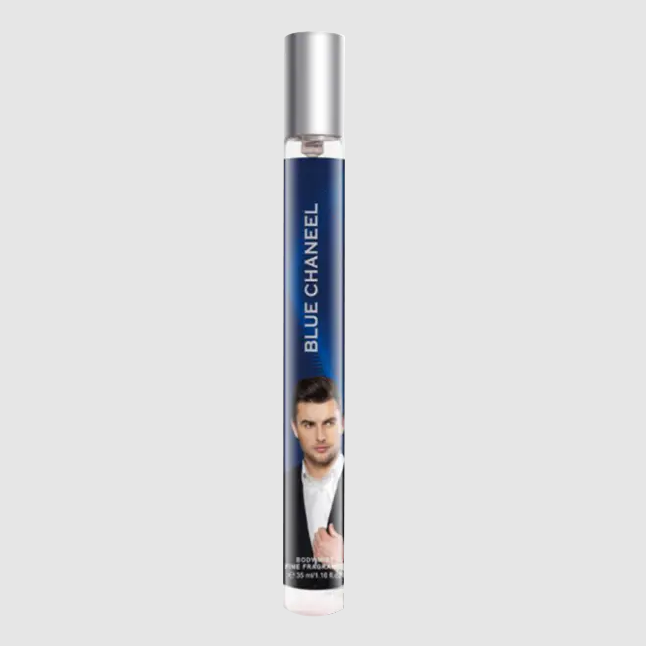The growing interest in personal care and lifestyle products has led to increasing demand for fine fragrance mists. For manufacturers, producing these products involves more than simple blending; it requires attention to formulation balance, packaging compatibility, and quality control throughout the entire production cycle. From ingredient selection to filling and distribution, every stage influences the overall market performance of a fragrance mist.
From a manufacturing perspective, one of the key aspects is the careful selection of fragrance oils and base liquids. Fine fragrance mists typically contain a mixture of aromatic compounds, water, and alcohol, with the alcohol helping disperse the scent evenly when sprayed. The proportion of each component must be thoughtfully adjusted to achieve the desired scent intensity and longevity without overwhelming the user or causing skin discomfort.
Material compatibility is another important factor in the production process. Since fine fragrance mists often contain alcohol-based formulas, manufacturers must choose appropriate packaging materials, such as PET or glass bottles, that can withstand long-term contact with the liquid without degrading or affecting the fragrance composition. Spray nozzles and caps are also selected based on their ability to deliver a fine, consistent mist, ensuring a pleasant user experience.
In addition to formulation and packaging, quality control procedures play a vital role. Throughout production, manufacturers conduct tests to monitor fragrance consistency, clarity, and stability. Stability tests under varying temperature and light conditions help determine how well the fragrance mist maintains its properties over time. This ensures that the final product meets the safety and performance expectations of consumers in different markets.
Another consideration for manufacturers is customization. Clients often request unique scent profiles or packaging designs to differentiate their products in the market. As a result, manufacturers work closely with fragrance houses and packaging suppliers to develop exclusive blends and bottle shapes that align with a client’s branding concept and target audience preferences.
Finally, environmental factors and regulations shape the production of fine fragrance mists. Manufacturers must stay informed about the safe use of fragrance ingredients, allergen declarations, and sustainable packaging trends. This ensures that products not only meet market preferences but also comply with regional and international standards.
In summary, producing fine fragrance mists requires a balance of careful formulation, material selection, reliable quality control, and client collaboration. Through ongoing refinement in production methods and attention to market trends, manufacturers continue to offer fragrance mist solutions that meet evolving consumer demands.
